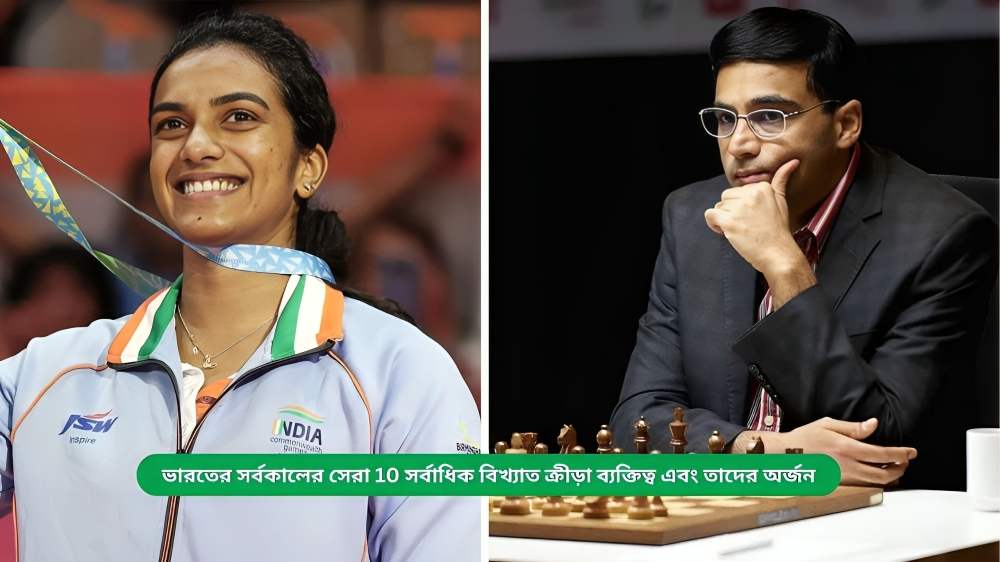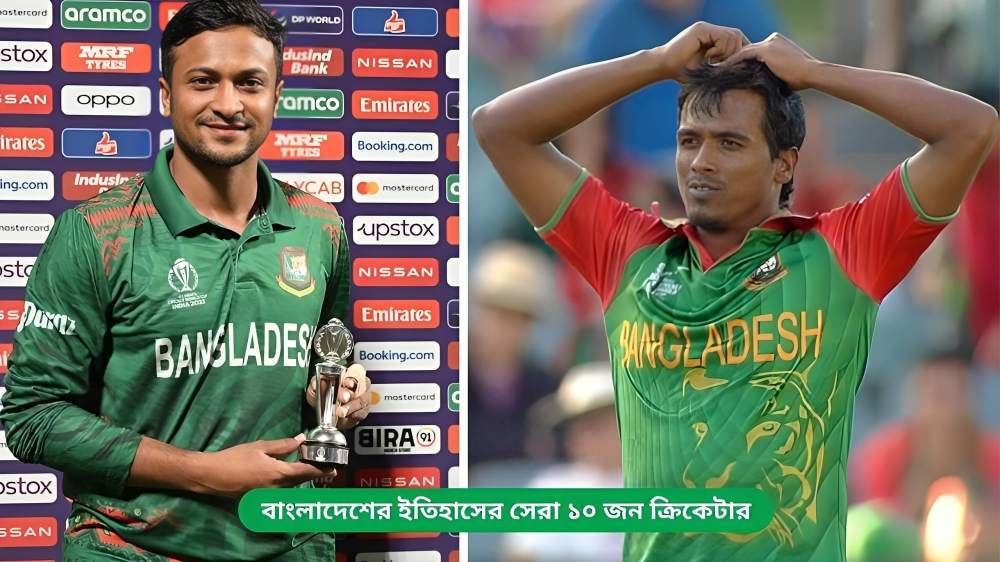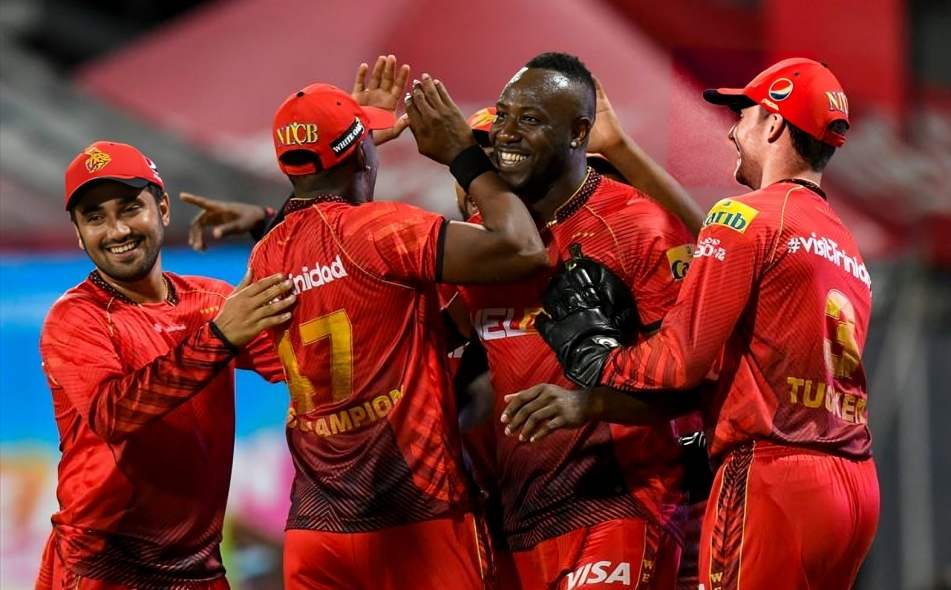In the movie “M.S. Dhoni: The Untold Story,” there’s a dialogue that says, “A bowler will take wickets, a good batsman will score runs in some matches and not in others, but a good fielder will save runs in every match.” This highlights the crucial role of fielding in winning a match.
While we often focus on batting and bowling in cricket, fielding is equally important. Every run saved and every catch taken can change the course of the game. Fielding positions are strategic, as seen in the 2010 IPL match when Dhoni placed Matthew Hayden at mid-off, leading to a crucial catch that won the match for CSK. This was a brilliant move by Dhoni.

In a cricket match, the fielding team has 11 players on the field. One is the bowler, one is the wicket-keeper, and the other 9 are fielders. Fielding positions in professional matches depend on many factors like powerplay, spin or pace bowling, new or old ball, type of ball (tennis or leather), type of pitch, bowling end, boundary length, the batsman, and more. Terms like midwicket and deep third man might sound confusing, but don’t worry, E2bangla is here to help. In today’s chapter of E2bangla Explains, we’ll guide you through cricket fielding positions to help you become a master tactician.
A cricket ground has two main areas: the 30-yard circle (shown in light green in the pictures) around the pitch, and the area beyond that circle to the boundary. Every position inside the circle has a “deep” version, which is just an extension of the position outside the circle near the boundaries. “Deep” is added to the name of a fielding position when a player is fielding near the boundaries.
Wicket Keeping

The wicket keeper is a key player in cricket, standing behind the batsman and the stumps. They have quick reflexes for fast catches and help the captain with decisions like DRS. They also distract the batsman. With E2bangla top-quality wicket keeping kit, you will feel like the best wicket keeper and dominate every game.
Slips:

The slip fielding position is for top fielders, standing beside the wicketkeeper on both sides of the pitch. Only players with quick reflexes can catch well here. It’s tough for batsmen, especially with bowlers like James Anderson and legends like Smith and Kohli. Learn batting tips from E2bangla to improve.
Gulley

Gulley is the area between point and slip. The fielder is not at either position but is placed in a spot that provides extra protection between them. This position helps cover the gap between slip and point, offering more security for the fielding team.
Mid on and Mid off:

Mid on and Mid off are fielding positions near the pitch within the 30-yard circle. Their job is to stop straight shots hit by the batsman. If you stop a drive with a dive during the powerplay, you’ll be a hero. These fielders need agility, a strong throw, and good communication with bowlers. Captains are often seen in these positions unless they are in another fielding spot.
Long On & Long Off:
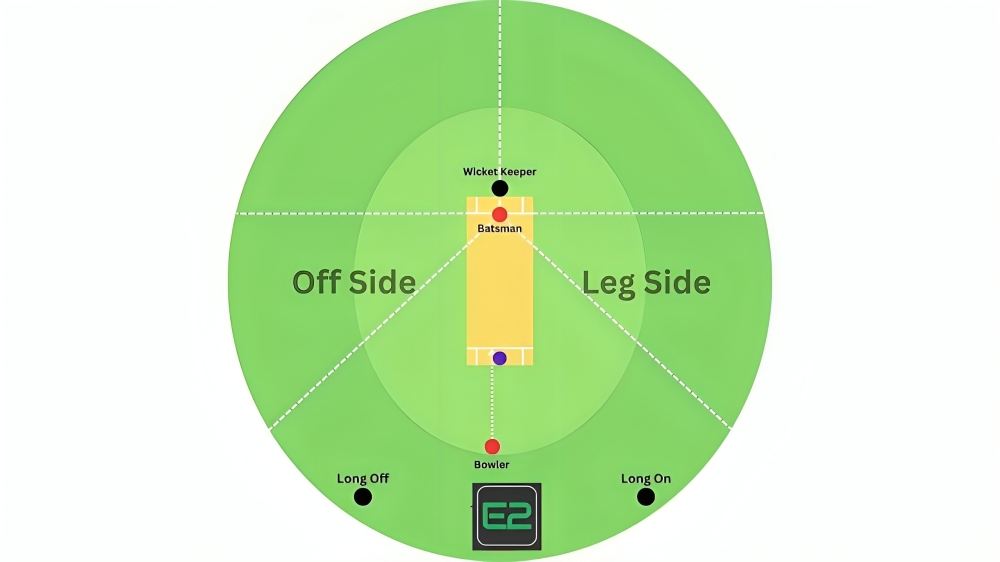
These are deeper versions of mid on and mid off, with fielders standing near the boundary ropes. You must be fast and have excellent catching skills to field here. We’ve seen amazing catches from players like Virat Kohli, Kieron Pollard, and more. Pollard’s 2014 catch in the IPL vs Rajasthan still excites fans.
Third Man & Fine Leg Positions:

The third man and fine leg positions are behind the batsman and close to the boundary. However, during powerplay restrictions, they can be inside the 30-yard circle. The third man is on the off side, while the fine leg is on the leg side of the batsman.
Point:

Any ball hit toward the offside square should be fielded by the player at point. The cut and square cut shots played by the batsman often run fast toward the boundary. Therefore, the point fielder needs to be quick and cover a lot of ground in a short time.
The deep point stands at the boundaries.
Cover Position:

- The cover position is on the offside and usually helps stop shots like the cover drive from going to the boundary during the powerplay. The deep cover at the boundary covers a lot of ground and is placed to stop lofted cover drives, inside-out shots, and other offside shots.
- The extra cover position is between point and cover. It’s an extra fielder placed during the powerplay to stop backfoot drives and square drives from the batsman. The deep version of this fielding position is called deep extra cover.
Square Leg:

- The square leg is positioned on the leg side, near the square of the wickets. This fielder has to stop pull shots, sweeps, and hooks played by the batsman. The deep square leg is a harder position to field than square leg.
- The backward square leg is like a backward point, but on the leg side, and is placed closer to the fine leg based on fielding strategies.
Mid Wicket:
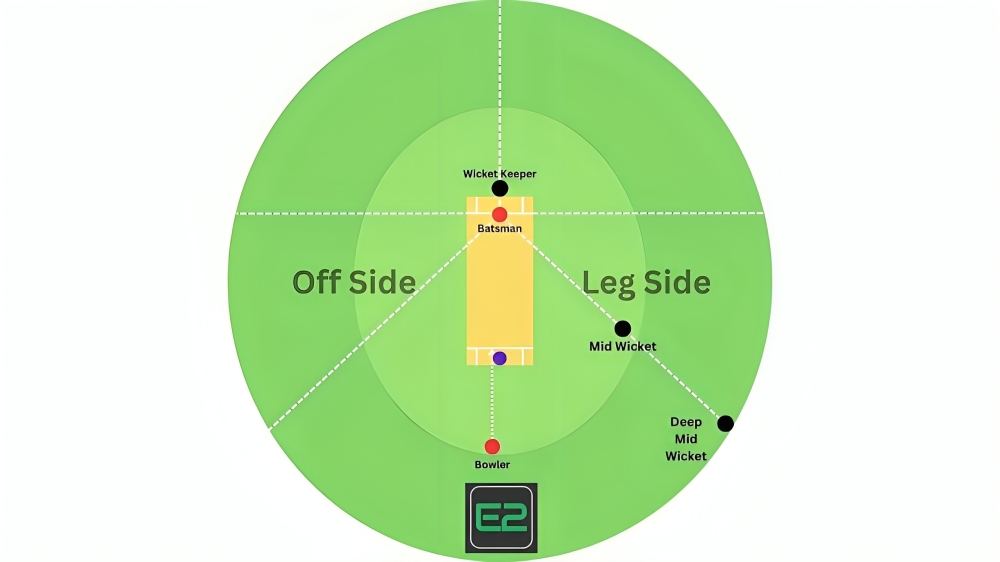
The fielder at midwicket on the leg side is one of the best in the team. This is the spot where the ball is hit most frequently. Deep midwicket is where you usually see Jadeja fielding.
Close Fielding Positions:
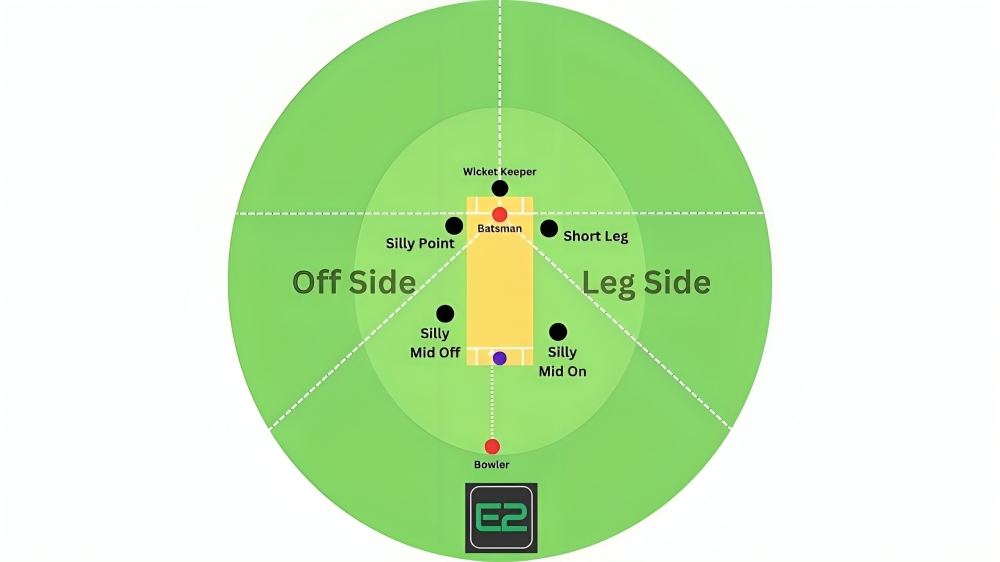
These fielding positions are very close to the batsman and are mostly used in test cricket to put more pressure on the batsman. The fielders in these positions take advantage of any mistakes made by the batsman and catch the ball when he misjudges his shots. These positions are very dangerous, and many players get hurt while fielding here, but since cricket is about playing with strength and focus, these fielders give their best for the team.
Make sure to wear proper cricket protection in these positions to avoid injuries. These positions include silly point, silly mid on/mid off, and short leg.
Now that you know all about fielding positions in Cricket, let’s reveal the details and learn the rules of the game to become a pro.








